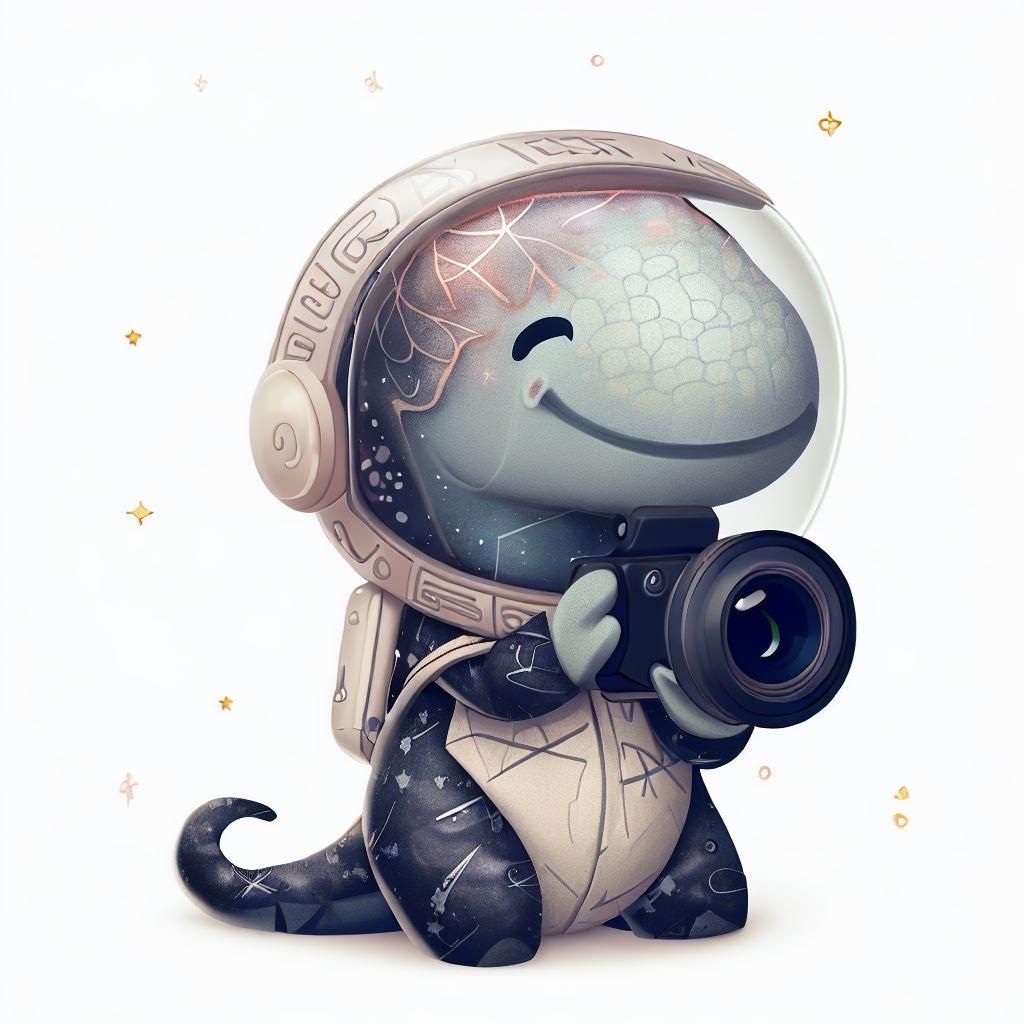Welcome to our new series: Introduction to Astrophotography
Astrophotography can seem daunting at first, but it’s easier than it looks. In this first episode, we’ll cover the basics: what astrophotography is, why it’s so fascinating, and what you’ll need to get started for under $1000!
Hi everyone! Welcome to our new series, “Astrophotography for Beginners.” I’m the Astropotamus, a Time Traveler, and I’ll be guiding you through the wonderful world of capturing the night sky. Whether you’re an amateur photographer or just curious about the stars, this series is for you. Let’s get started!
Astrophotography (which is hard to type over and over, so it’s often called “AP” or “astro imaging”) is all about capturing images of celestial objects like stars, planets, and galaxies. It’s a perfect blend of science and art, allowing us to see the universe in incredible detail.
At astropotamus.com, we call it time travel because when you look up at the night sky, you are looking back in time. The light that you see from those objects in space left their surface thousands, millions, or even billions of years ago and is just now reaching us. That means that you’re seeing it the way it looked then, not now. In fact, some of those things you see may not even be there any more. Even the light from the Moon, our closest neighbor, is more than a second old by the time it reaches your eyes!
So, what do you need to begin your time traveling astrophotography journey? Here’s a quick rundown:
Equipment Needed (all for about US$850)

Camera
A DSLR or mirrorless camera is ideal, but even a good smartphone can get you started. I’m using an old Canon 450D/Xsi but the newer Rebel T7 would be even better.

Lens
A wide-angle lens is perfect for capturing large portions of the sky. The Canon 10-18mm image stabilized zoom lens is what I use, and it’s a great one to start out with!

Tripod
A sturdy tripod is essential for long exposure shots. This Slik U8800 lightweight travel tripod is ideal and offers many “pro” features at a great low price!

Remote Shutter Release
This helps to minimize camera shake. I use a JJC model that offers self-timer, interval timer, long-exposure timer and exposure-count setting features as well as simple remote shutter.
In addition to physical equipment, software like Stellarium can help you find celestial objects, and there’s a ton of both free and commercial software for editing your images and turning them into masterpieces. We’ll talk more about that in a future episode.
In the next episode, we’ll dive deeper into setting up your gear and choosing the right settings for your first shots. Until then, happy shooting, and I’ll see you…in the dark!

